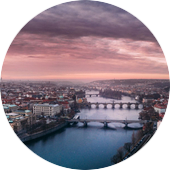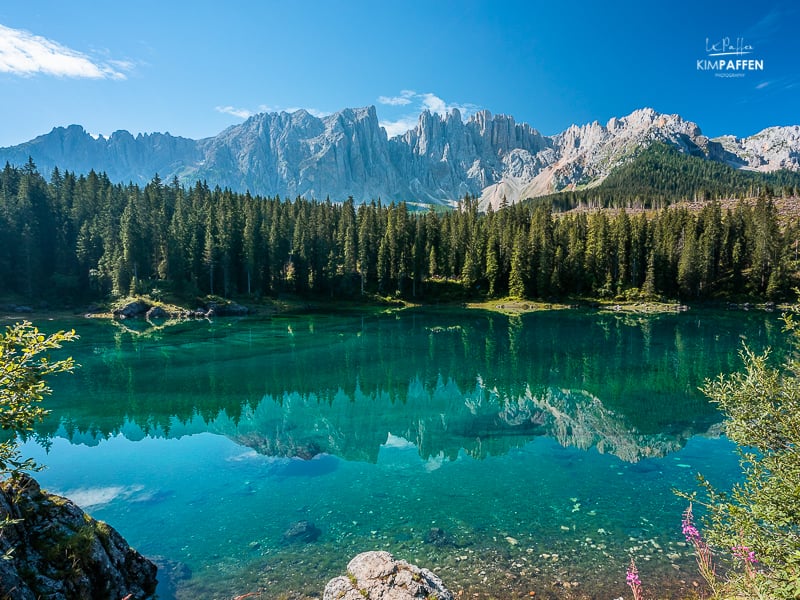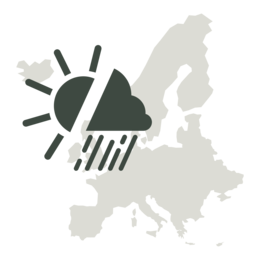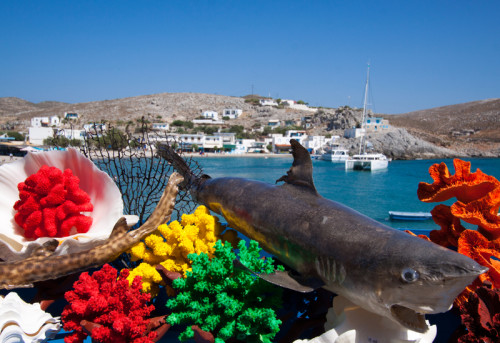Experience the beauty of a diverse Europe
There are numerous reasons why you should travel to Europe. With 49 countries, a rich history, and compact geography, Europe is a unique travel destination that offers diverse landscapes, good food, and amazing architecture. The continent has a lot to offer, from cultural cities to beaches, wildlife, and to stunning hikes.
A great thing about Europe is that it has open borders (apart from the UK and Ireland). Because Europe is a relatively small continent, it is very easy to travel around. The public transport is excellent and you can take cheap flights with European budget airlines. Because traveling in Europe is so easy, you can visit several countries on your road trip.
The most popular countries in Europe include Spain, Italy, France, Switzerland, and Greece, but also Iceland and for example, Norway to spot the Northern Lights. Europe offers something unique for every taste! No matter where you go, history is around you; from the old historical Colosseum in Rome to ancient Greece and castles in Germany. Europe is also a hiker's paradise with mountain ranges like the Alps and Dolomites. For beach lovers, there are plenty of sandy beaches or visit the bustling cities of Amsterdam, Barcelona, and Paris. Europe has it all; you can even spot bears in Finland.
With 49 countries and 477 UNESCO World Heritage Sites, it can be hard to choose your (next) European travel destination. Find inspiration and learn more about the best time to visit Europe, things to know before you plan your trip, and the best things to do.




















